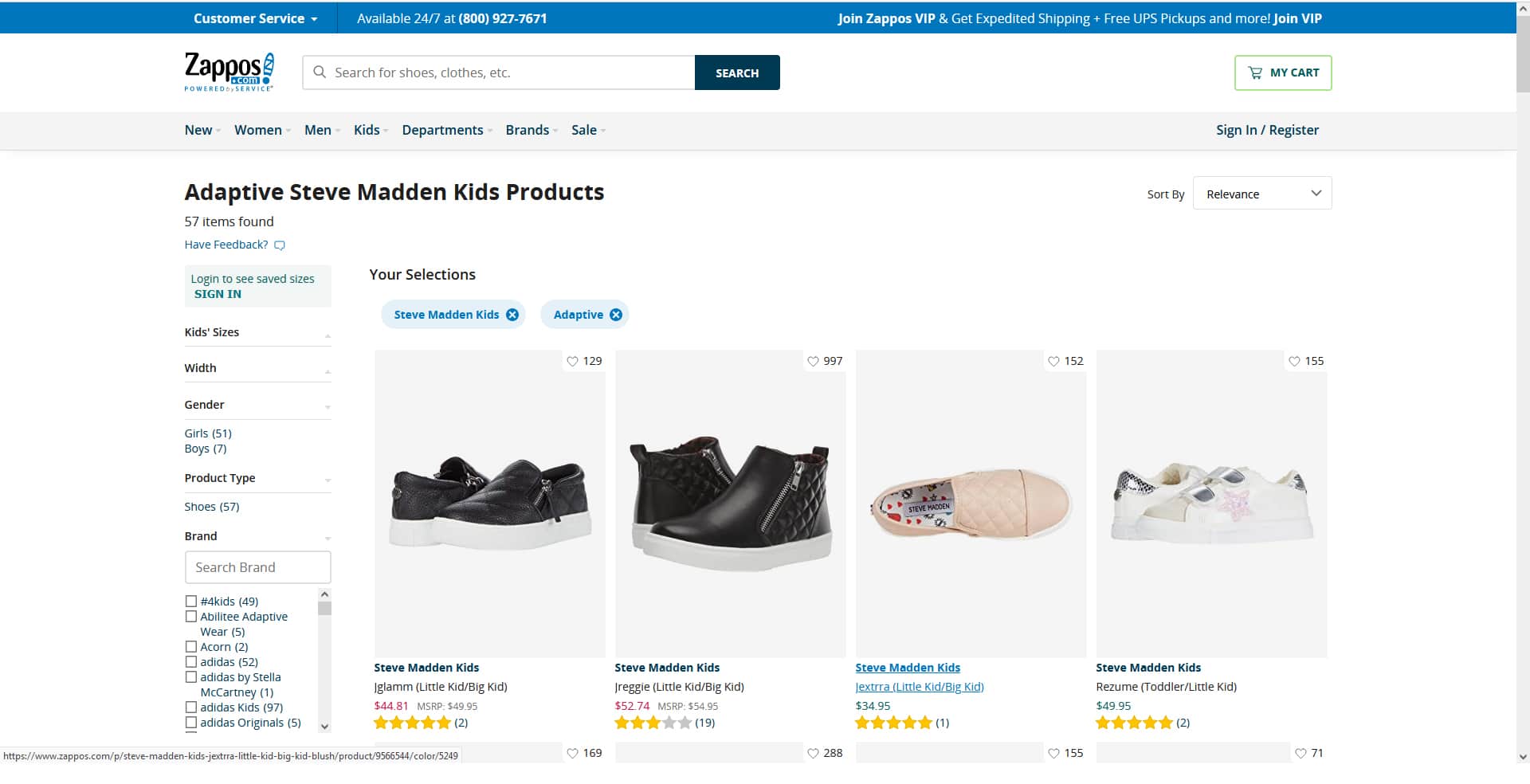Earlier this year, the Centers for Disease Control and Prevention reported that one in four American adults—61 million—live with some sort of disability.
That number is expected to rise as the Baby Boomers—the generation born between 1946 and 1964 – continue to age. According to the Population Reference Bureau, while Americans are living longer, “a growing body of research suggests that baby boomers in their 50s and 60s are in poorer health—with more chronic disease and disability—than earlier generations at the same ages …”
But Baby Boomers aren’t the only group joining the ranks of the chronically ill and disabled. COVID “long haulers” —those with lingering symptoms of COVID-19 that can be debilitating—are also struggling with chronic illness and disability. Many “long haulers” are young, and some find themselves unable to work because of their symptoms. They are also finding it challenging to qualify for disability benefits and to find physicians who understand their disease and how to treat it.
As Dr. Claire Pomeroy, an infectious disease physician and researcher, writes in a Scientific American article, “Unlike the common cold or even influenza, this virus causes a bewildering array of symptoms that persist long after the acute illness is resolved and can render some affected unable to resume their usual activities.”
Pomeroy says that while scientists and physicians seek answers to the medical questions posed by long COVID, it is up to public health and policymakers to be ready for long haulers and their healthcare needs, including disability insurance, workers compensation and other services.
In recent months, long haulers have begun organizing and forming advocacy groups that are pushing for research and treatment options to address their myriad symptoms. In some ways, long COVID sufferers have an advantage over people with similar symptoms who don’t know where their illnesses originated. Knowing why they are ill may make it easier to get the attention of members of the medical establishment, scientists, philanthropists, and public health experts.
Says Ed Yong, a science writer for The Atlantic: “The risk is that long COVID becomes yet another neglected disease whereby some uncounted number of people become debilitatingly sick every year and fruitlessly bang for help on the door of an unconcerned medical establishment. But a better future is also possible, in which long-haulers—vocal, united, and numerous—finally galvanize research into the long-term consequences of viral infections; in which such research proceeds quickly as patient experts become partners; in which the world gets ways of preventing and treating long COVID, ME/CFS [Myalgic encephalomyelitis (ME) or myalgic encephalomyelitis/chronic fatigue syndrome] and other marginalized conditions…”
Here at Enabling Devices, our hope is that the efforts of long haulers will influence researchers, physicians, and healthcare administrators to find cures and treatments, not only for long COVID but also for the millions of other individuals with more than 7,000 rare and as yet, incurable diseases.













